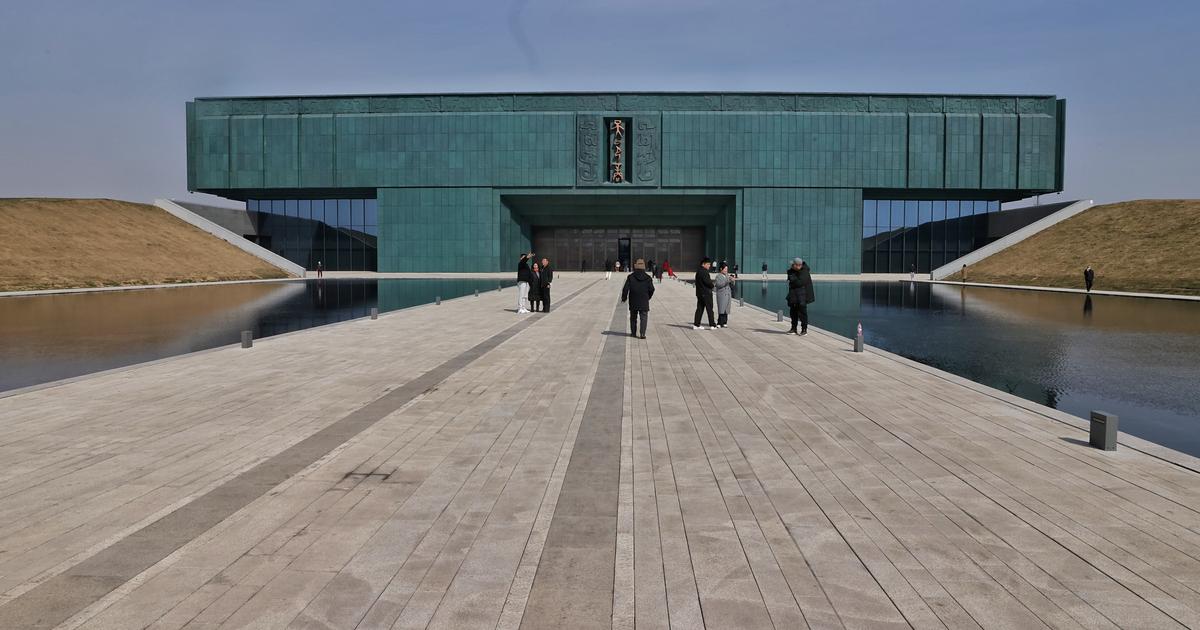A wealthy family living with socially lower-income people under one roof: Already in the Bronze Age 4000 years ago, social inequality prevailed, which persisted within a household over generations. This is reported by researchers from the Max Planck Institute for the History of Mankind in Jena, the University of Tübingen and the Ludwig-Maximilians-Universität München (LMU) in the journal "Science".
Excavations in the Lechtal south of Augsburg paint the picture of a society with a complex social structure, in which ownership and status were inherited. So far, however, scientists can only speculate about the exact role of socially lower-level household members.
The team led by the human geneticist Alissa Mittnik as well as the archaeologists Philipp Stockhammer and Johannes Krause have analyzed remnants of Bronze Age burial grounds. The social status of the deceased, the researchers read from grave goods.
more on the subject
In the Lech Valley, men with higher social status were given weapons such as daggers, axes or arrowheads for their last journey. Women with a high social rank received elaborate headdresses or large leg rings. The information about the wealth matched the research team with genetic data from 104 individuals who provided information about the relationships of human beings.
Women from afar married into the families
"Wealth correlated either with biological relationship or origin remotely, and the nuclear family passed on their ownership and status," explains Stockhammer. "But in every farm we have also found poorly equipped people of local descent." It is still unclear whether these were servants and maids or maybe even some kind of slaves.
The valuable grave goods were inherited only to closely related family members and women who came to families from 400 to 600 kilometers away. Already in a previous study, the researchers had shown that the majority of women in the Lech Valley came from abroad and probably played a crucial role in the transfer of knowledge (read more here).
K. Massy
Grabbeigaben: Social higher men got weapons, women jewelry
It is not new that hierarchical structures developed in the Bronze Age. Surprising for the archaeologists, however, was that these hierarchies existed within a household over generations. Such complex structures of cohabitation have so far been known, above all, from ancient Rome or classical Greece. However, the people of Lechtal lived more than 1,500 years earlier.
"This shows for the first time how long the history of social inequality in family structures goes back," says Stockhammer.
Genetic analysis also allowed researchers to create family trees that spanned four to five generations. The researchers found only male kinship lines for up to 700 years. The female descendants apparently had to leave the farms when they were adults.
The mothers of the sons were exclusively immigrant women.
more on the subject
"Archaeogenetics gives us a completely new look into the past, until recently we did not think it possible for us to be able to examine marriage rules, social structure and inequality in prehistory," says Johannes Krause, director at the Max Planck Society. Institute of Human History in Jena.
As Bronze Age is meant for Central Europe, the period between 2200 to 800 BC. In that Epoch-era era, people acquired the ability to cast bronze - with far-reaching consequences for the societies of the time, their mobility and economy.









